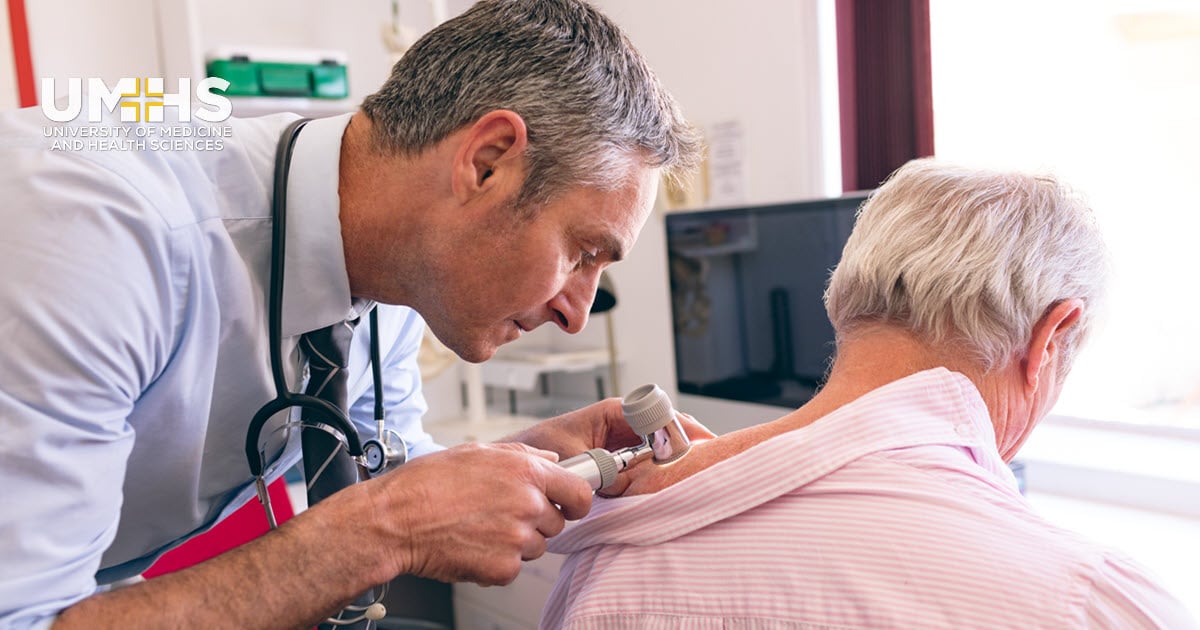Navigating Skin Cancer Therapy: The Necessary Duty of Mohs in Modern Dermatology Practices
Skin cancer, a difficult medical diagnosis, often leaves people grappling with various therapy choices. As we check out the ins and outs of this treatment, one will certainly appreciate its crucial function in skin cancer therapy.
Comprehending Skin Cancer Cells: Types and Dangers
Skin cancer, a potentially life-threatening ailment, is much more widespread than lots of people realize. This condition, triggered by the uncontrolled growth of irregular skin cells, primarily arises from DNA damages because of direct exposure to the sun and ultraviolet (UV) light. There are 3 primary kinds of skin cancer cells: Basal cell cancer, Squamous cell carcinoma, and Melanoma. While the former 2 are much less lethal and make up the bulk of detected instances, melanoma is the most hazardous. It represents only about 1% of skin cancer situations but creates the vast majority of skin cancer fatalities - dermatologist. Risk variables include fair skin, history of sunburn, extreme sun exposure, living at high elevations or near the equator, having numerous moles, a family members history of skin cancer cells, and deteriorated immune system.
What Is Mohs Surgical procedure and Just How It's Changing Skin Cancer Treatment
Regardless of the various treatments presently available for skin cancer, Mohs surgery stands out as a groundbreaking and highly reliable service. Called after Frederic E. Mohs, the physician that developed the procedure, Mohs surgery is a specific medical strategy used to treat skin cancer. This degree of precision, incorporated with the capacity to save as much healthy tissue as possible, is transforming skin cancer treatment.
The Advantages of Mohs Surgical Treatment Over Standard Skin Cancer Treatments
Building on the cutting-edge nature of Mohs surgical treatment, it's important to consider its various advantages over conventional skin cancer therapies. Unlike standard operating procedures, Mohs uses a higher cure price, commonly reaching 99% for novice treatments and 94% for frequent cancers. This accuracy results from its unique strategy of progressively getting rid of and checking out tissue layers up until just cancer-free cells remain (hair loss). Additionally, it minimizes damage to healthy and balanced skin, causing much less scarring and improved aesthetic results. Mohs also gives immediate outcomes, getting rid of the anxiety-ridden wait common with other approaches. It's cost-efficient, as the surgery and tiny evaluation take place simultaneously, eliminating the demand for additional laboratory services. Hence, Mohs stands for a substantial innovation in skin-related practices.
The Procedure of Mohs Surgical Treatment: What to Anticipate Throughout the Refine

Prospective Side Results and Post-Operative Care of Mohs Surgical Procedure
Going through Mohs surgical procedure, like any various other surgical procedure, entails prospective side effects that individuals ought to be aware of. Common side results include discomfort, wounding, and swelling at the surgical treatment site. In some situations, additional treatments might be necessary to guarantee total removal of the malignant cells.
Conclusion
